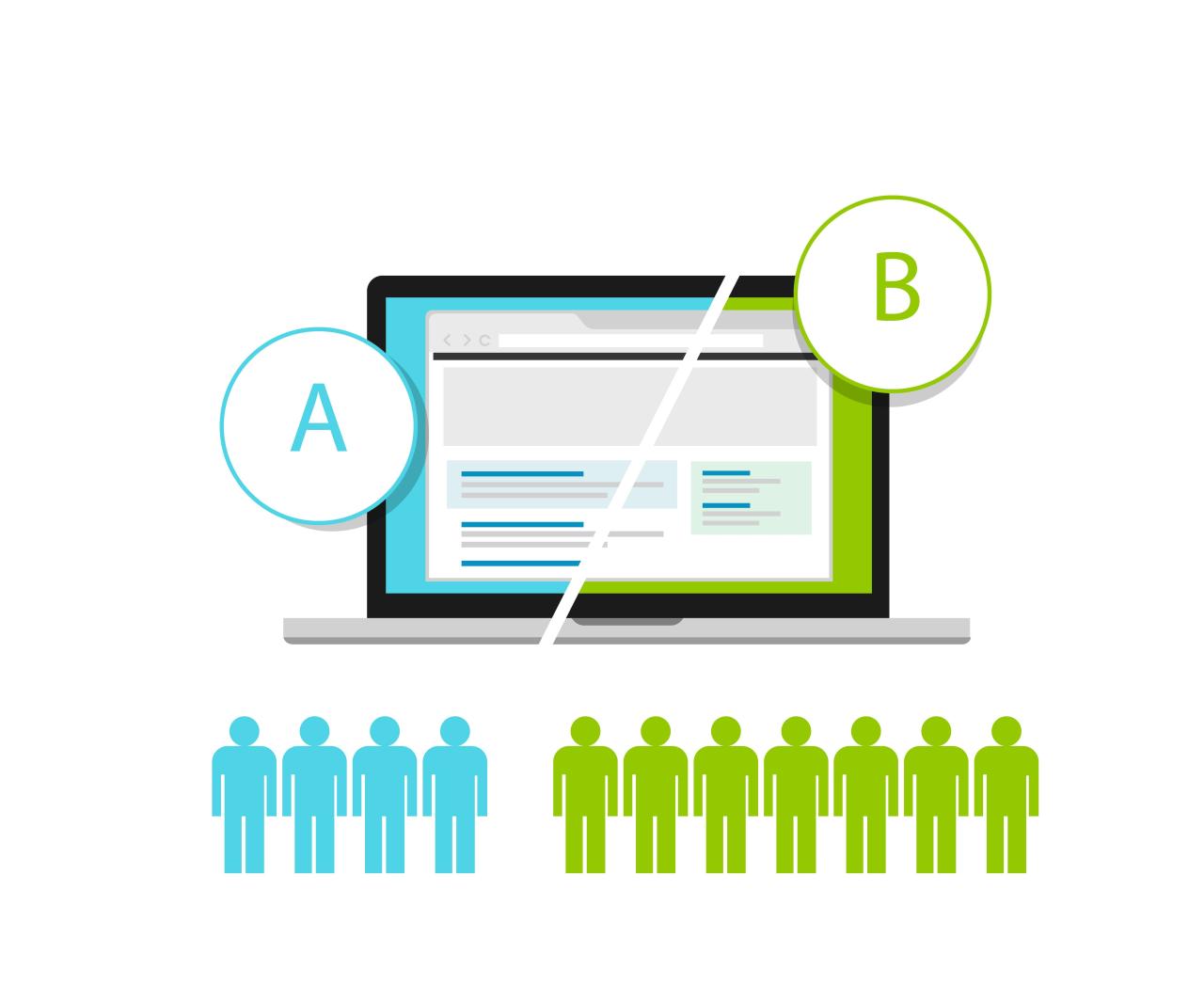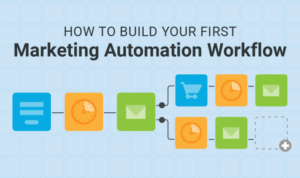A/B Testing in Marketing sets the stage for this enthralling narrative, offering readers a glimpse into a story that is rich in detail and brimming with originality from the outset. In a world where every click counts, understanding how A/B testing can revolutionize marketing strategies is key to unlocking success in the digital realm.
As marketers navigate the ever-evolving landscape of consumer preferences and trends, A/B testing emerges as a powerful tool to fine-tune campaigns and drive engagement to new heights. This article delves into the nuances of A/B testing in marketing, exploring its benefits, best practices, and the array of tools and platforms available for marketers to leverage.
What is A/B Testing in Marketing?
A/B testing in marketing is a strategy used to compare two versions of a marketing asset to determine which one performs better in achieving a specific goal. This method helps marketers optimize their campaigns by testing different elements and analyzing the results to make data-driven decisions.
How A/B Testing is Used to Optimize Marketing Campaigns
A/B testing allows marketers to experiment with various components of their campaigns such as headlines, call-to-action buttons, images, colors, and more. By testing these elements on a sample of their target audience, marketers can identify which version generates more engagement, clicks, conversions, or other desired outcomes. This data-driven approach helps optimize marketing strategies for better performance.
Examples of Elements Tested in A/B Testing
- Headlines
- Call-to-action buttons
- Images
- Ad copy
- Subject lines
Importance of A/B Testing in Achieving Marketing Objectives, A/B Testing in Marketing
A/B testing is crucial in achieving marketing objectives as it provides valuable insights into what resonates best with the target audience. By testing different elements and analyzing the results, marketers can refine their strategies to maximize their ROI and improve overall campaign performance. This iterative process of testing and optimizing helps marketers make informed decisions based on data rather than assumptions.
Benefits of A/B Testing in Marketing

A/B testing in marketing offers a plethora of advantages that can significantly impact the success of campaigns and strategies. By testing variations of elements, marketers can gather valuable insights into customer behavior, preferences, and trends. Let’s delve into some key benefits of incorporating A/B testing in marketing:
Improved Decision Making
A/B testing allows marketers to make data-driven decisions based on actual user responses rather than relying on assumptions or guesswork. By testing different versions of a website, email, or ad, marketers can determine which elements resonate best with their target audience, leading to more effective marketing strategies.
Enhanced Customer Understanding
Through A/B testing, marketers can gain a deeper understanding of customer behavior and preferences. By analyzing how customers respond to different variations, marketers can tailor their messaging, design, and offers to better meet the needs and expectations of their audience.
Cost-Effective Campaign Optimization
A/B testing enables marketers to optimize their campaigns for better performance without incurring significant costs. By testing small changes and measuring their impact, marketers can identify high-impact strategies and allocate resources more efficiently, leading to cost savings and improved ROI.
Success Stories
Numerous success stories showcase the power of A/B testing in driving significant improvements in marketing campaigns. For example, a company tested two different versions of their landing page and saw a 30% increase in conversions by implementing the winning variation based on A/B testing results.
Continuous Improvement
A/B testing fosters a culture of continuous improvement within marketing teams. By constantly testing and optimizing different elements, marketers can stay ahead of trends, adapt to changing customer preferences, and ensure their strategies remain effective in a dynamic marketplace.
Best Practices for A/B Testing in Marketing

To maximize the effectiveness of A/B testing in marketing, it is essential to follow best practices that can help you make informed decisions based on reliable data.
Setting Up an A/B Test
When setting up an A/B test for marketing purposes, follow these steps:
- Determine your goal: Clearly define what you want to achieve with the A/B test, whether it’s increasing click-through rates, improving conversions, or enhancing user engagement.
- Identify variables: Choose specific elements to test, such as headlines, call-to-action buttons, images, or layouts.
- Create variations: Develop different versions of the variable to test, ensuring that each variation is distinct and measurable.
- Split traffic: Divide your audience randomly into groups to ensure unbiased results.
- Run the test: Implement the variations and monitor the performance of each to gather data.
- Analyze results: Evaluate the data collected to determine which variation performed better and draw conclusions.
Choosing Variables to Test
When selecting variables to test in A/B testing, consider the following tips:
- Focus on high-impact elements: Prioritize testing variables that are likely to have a significant influence on the desired outcome.
- Avoid testing multiple variables simultaneously: Test one variable at a time to accurately attribute any changes in performance to that specific element.
- Ensure variables are measurable: Choose variables that can be quantitatively assessed to determine the impact of changes.
Measuring and Analyzing Results
To accurately measure and analyze results from A/B tests, follow these tips:
- Use statistical tools: Utilize statistical analysis to determine the significance of differences between variations.
- Consider sample size: Ensure that your sample size is large enough to provide reliable results and detect meaningful changes.
- Monitor over time: Track results consistently over a sufficient period to capture trends and variations.
Importance of Statistical Significance
Statistical significance is crucial in A/B testing for reliable insights because:
- It helps determine if the observed differences between variations are real and not due to random chance.
- Statistical significance provides confidence in the validity of the results and ensures that decisions are based on accurate data.
- By understanding statistical significance, marketers can make informed choices that lead to improved performance and outcomes.
Tools and Platforms for A/B Testing in Marketing
When it comes to A/B testing in marketing, having the right tools and platforms can make all the difference in optimizing your campaigns and improving conversion rates. Let’s dive into some popular options and how to choose the best one for your needs.
Popular A/B Testing Tools
- Optimizely: Known for its ease of use and robust features, Optimizely is a favorite among marketers for A/B testing.
- Google Optimize: Integrates seamlessly with Google Analytics and offers a free version for smaller businesses.
- VWO (Visual Website Optimizer): Offers a wide range of testing options, from A/B tests to multivariate tests.
- Unbounce: Ideal for landing page optimization, Unbounce allows for easy creation and testing of landing pages.
Comparing A/B Testing Tools
When comparing A/B testing tools, consider factors like ease of use, available features, integration capabilities, and pricing.
| Tool | Features | Pricing |
|---|---|---|
| Optimizely | Robust features, user-friendly interface | Higher pricing for advanced plans |
| Google Optimize | Seamless integration with Google Analytics | Free version available |
| VWO | Wide range of testing options | Varied pricing based on features |
| Unbounce | Landing page optimization features | Subscription-based pricing |
Integration with Marketing Software
- Many A/B testing tools offer integrations with popular marketing software like HubSpot, Marketo, and Salesforce.
- Integration allows for seamless data transfer and analysis, ensuring a cohesive marketing strategy.
Choosing the Right A/B Testing Tool
Consider your specific marketing needs, budget, and team expertise when selecting an A/B testing tool.
- Start with a tool that aligns with your budget and offers essential features for your testing requirements.
- Look for user-friendly interfaces and good customer support to make the most of your A/B testing efforts.
- Take advantage of free trials or demos to test out different tools before making a final decision.





